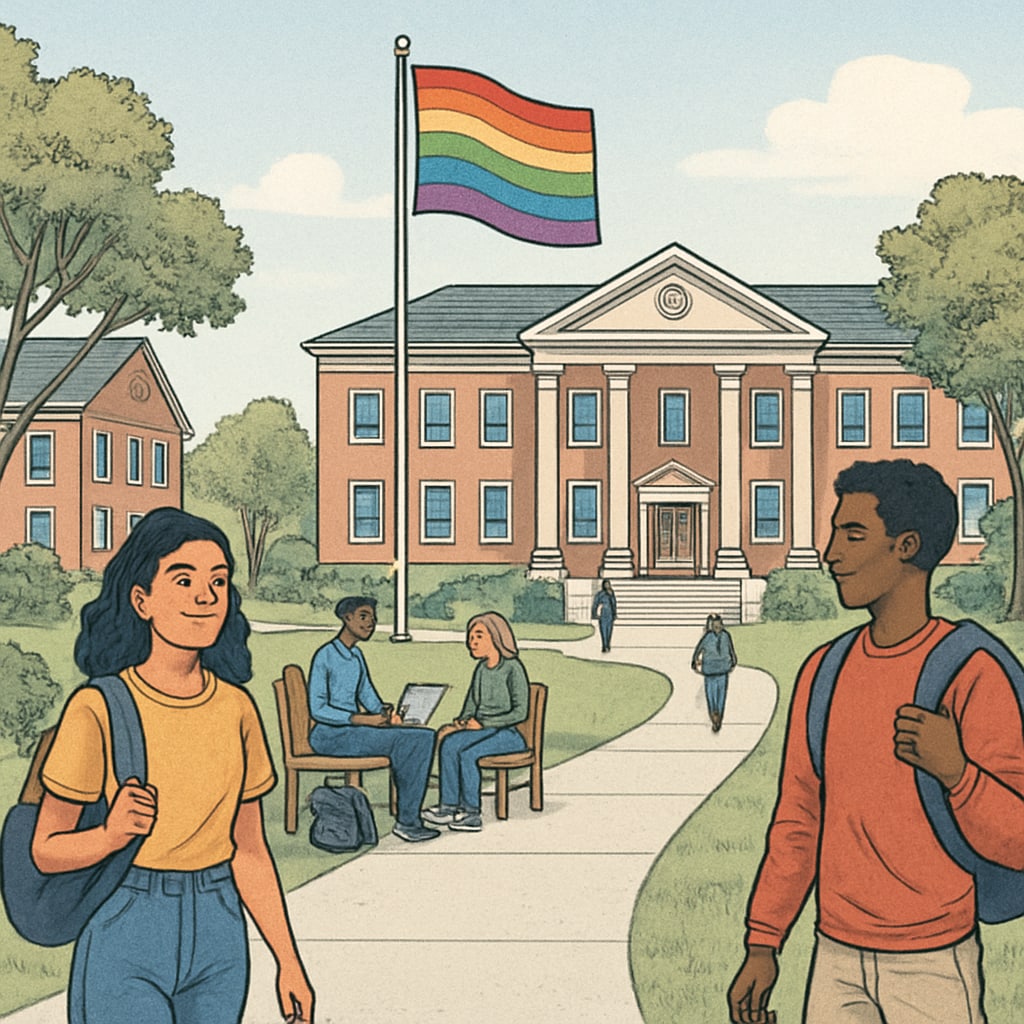Brown University’s recent policy alignment with the Trump administration’s gender binary framework has sparked significant debate. By reinforcing a rigid gender binary perspective, the university’s decision directly affects transgender students’ rights and experiences. This policy shift not only challenges the inclusivity that higher education institutions strive for but also reverberates into K-12 education systems, where young transgender students might face similar exclusions. To foster a truly equitable educational landscape, it is essential to critique such policies and advocate for more inclusive practices that prioritize every student’s dignity and safety.
Understanding Brown University’s Gender Binary Policy
The gender binary concept, which categorizes individuals strictly as male or female, has long been criticized for its exclusion of non-binary and transgender identities. Under the Trump administration, federal policies sought to define gender solely by biological sex at birth, a move that was widely regarded as a rollback of LGBTQ+ rights. Brown University’s decision to align with this framework, reportedly due to financial pressures and funding agreements, raises questions about the university’s commitment to diversity and inclusion.
For transgender students, such policies create barriers to accessing facilities, support systems, and other essential resources. For example, being forced to conform to a gender identity that does not align with their lived experience can lead to psychological distress and a sense of alienation. This issue is particularly pressing in education, where students’ well-being is closely tied to their academic success and personal development.

The Broader Impact on K-12 Education
While the immediate effects of Brown University’s policy are felt within its campus, the implications extend far beyond higher education. K-12 schools often look to universities as models for shaping their own policies and practices. If prominent institutions like Brown University reinforce gender binary frameworks, it could set a precedent for schools to adopt similar stances, thereby marginalizing young transgender students further.
In K-12 settings, transgender students already face disproportionate rates of bullying, harassment, and discrimination. According to a report by the Human Rights Campaign, more than 75% of transgender students feel unsafe at school. Policies that fail to recognize their identities only exacerbate these challenges, making it harder for them to thrive academically and socially.
Moreover, educators may feel constrained by such policies, unable to provide the necessary support and accommodations for their transgender students. This lack of institutional backing not only hinders educators’ ability to foster inclusive classrooms but also signals to students that their identities are not valued or respected.

Advocating for Inclusive Education Models
To counteract the negative effects of gender binary policies, it is crucial to advocate for inclusive education models that recognize and support gender diversity. Here are some key steps that institutions and policymakers can take:
- Adopt Comprehensive Anti-Discrimination Policies: Schools and universities should implement policies that explicitly protect students from discrimination based on gender identity and expression.
- Provide Gender-Inclusive Facilities: Ensuring access to gender-neutral restrooms and locker rooms can significantly improve the safety and comfort of transgender students.
- Train Educators and Staff: Professional development programs should equip teachers and administrators with the knowledge and skills to support transgender and non-binary students.
- Foster a Culture of Respect: Educational institutions should promote awareness and understanding of gender diversity through curricula, workshops, and events.
Institutions like Brown University have a responsibility to lead by example. By prioritizing inclusivity over compliance with restrictive policies, they can pave the way for a more equitable educational system that benefits all students.
Conclusion: A Call for Change
Brown University’s alignment with the Trump administration’s gender binary policy highlights the ongoing struggle for transgender students’ rights in education. This decision serves as a reminder of the broader systemic issues that perpetuate exclusion and discrimination. However, it also presents an opportunity to advocate for change. By challenging such policies and promoting inclusive practices, we can create educational environments where every student, regardless of their gender identity, feels valued and supported.
As educators, policymakers, and communities, we must work together to ensure that the dignity and safety of transgender students are safeguarded. Only through collective action can we build a future where education truly reflects the diversity of the world we live in.


